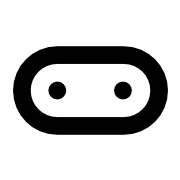Introduction to Sequencing in Programming
Sequencing is a fundamental concept in programming that involves executing a series of instructions in a specific order. In Python, this is achieved by calling one function after another, allowing the program to perform different tasks sequentially. For example:
doSomething()
doAnotherThing()This simple structure enables developers to create organized and efficient code. Additionally, Python introduces the pass statement, which serves as a placeholder for future code, allowing developers to outline their functions without implementing them immediately. This is particularly useful during the development process when the complete functionality is not yet defined.
Key Features:
- Function Calls: Learn how to structure your code with function calls to achieve desired outcomes.
- Placeholder Statements: Use the
passstatement to maintain code structure while planning future implementations.
Use Cases:
- Educational Tools: Ideal for teaching programming concepts to beginners.
- Project Development: Useful in outlining functions that will be completed later in the development cycle.

